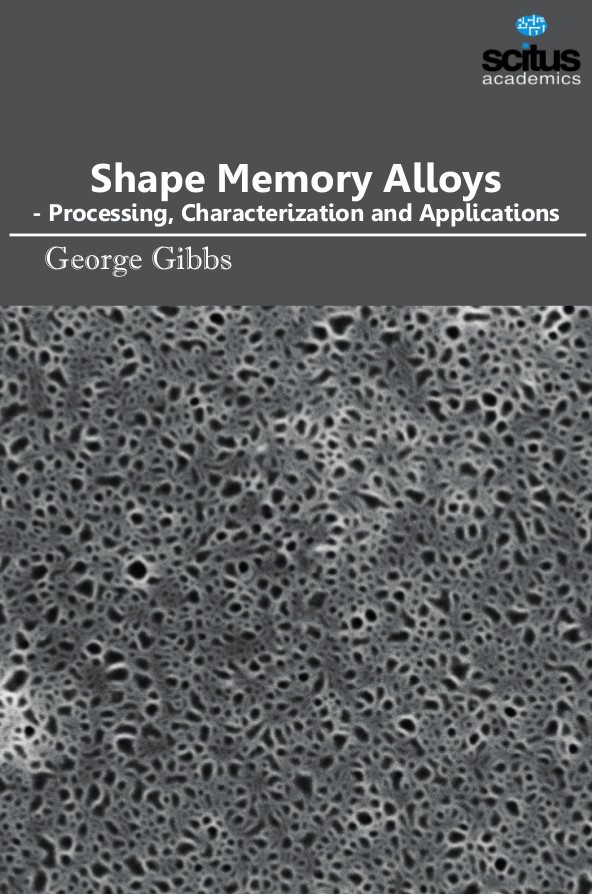Shape memory alloys have become in the past decades a well-established research subject. However, the complex relations between properties and structure have created a continuously growing interest for a deeper insight all this time. Shape memory alloys (SMAs) are metals that “remember” their original shapes. SMAs are useful for such things as actuators which are materials that “change shape, stiffness, position, natural frequency, and other mechanical characteristics in response to temperature or electromagnetic fields”. The potential uses for SMAs especially as actuators have broadened the spectrum of many scientific fields. The study of the history and development of SMAs can provide an insight into a material involved in cutting-edge technology. The diverse applications for these metals have made them increasingly important and visible to the world. Nickel-titanium alloys have been found to be the most useful of all SMAs. Other shape memory alloys include copper-aluminum-nickel, copperzinc-aluminum, and iron- manganese-silicon alloys. Although medical applications for shape memory alloys (SMA) now dominate in today’s market, there are many applications in the industrial sector which have reached large volume production that far surpass the material usage in the medical fields. In the early growth of shape memory alloy technology the most important applications were for fasteners and couplings, mainly in the military sector. With the maturing of the technology, and the broader availability of alloys, industrial applications appear in a wide spectrum of commerce. Eyeglass frames were an early example of a new use of superelasticity which has grown to be a world-wide product. Cellular phone antennas consume millions of feet of superelastic wire, and the development of underwire for women’s brassieres, formerly limited to Asian market, is now expanding into a worldwide fashion.Shape Memory Alloys - Processing, Characterization and Applications focuses on a wide range of topics from processing to the relationship between the structure and properties, as well as new applications.The many uses and applications of shape memory alloys ensure a bright future for these metals. Research is currently carried out at many robotics departments and materials science departments. With the innovative ideas for applications of SMAs and the number of products on the market using SMAs continually growing, advances in the field of shape memory alloys for use in many different fields of study seem very promising.












